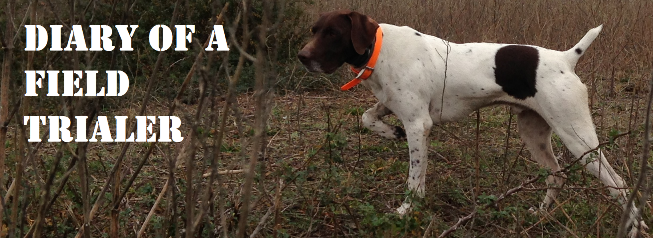I was introduced to the SportDog
TEK 1.0 Locator Trainer System over the
weekend at the Region 7 NGSPA Championship. And I must say I am kicking myself
for buying the Garmin over this model.
The primary reason I bought
the Garmin over the SportDog is that I did not need a combination unit as I
already have a SportDog e-collar. And primarily because I did not think the
Locator Trainer combination was legal for AKC field trials.
The combination COLLAR is
illegal, however what I do not read in any of the sales material is that the
e-collar complete with its antenna are completely removable with only a couple
of screws. So for less money than the Garmin Astro GPS a person can get both
e-collar and GPS. It in fact just rides as a separate unit atop the location collar.
Even better, the handheld
unit has programmable buttons. So the user can custom configure a button to be
momentary, continuous, or escalating pulse… along with what seems like infinite
control of intensity.
If you don’t want to remove
the e-collar portion to run field trials, then you can buy an extra locator
collar for under $160.
I was told the package also
comes with a longer range antenna, but I personally did not get to use that feature.
For me I hope the collar
helps with my dog being collar wise, as his training and running field trials
will be in virtually the same collar. Surely that will fool my dog.


